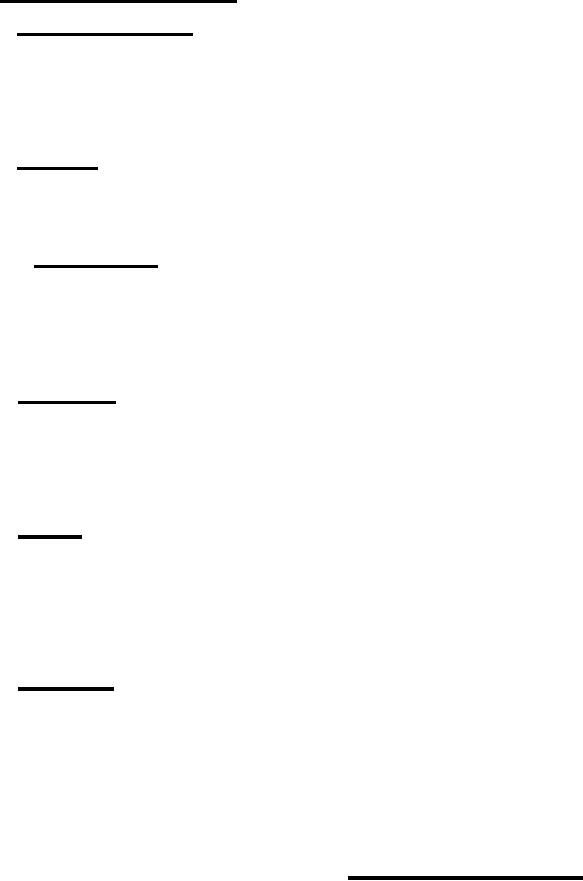 |
|||
|
|
|||
| ||||||||||
|
|  MIL-P-46322B(MU)
4.6 Test methods and procedures.
4.6.1 Storage temperatures.- The periscope shall be subjected to each
temperature extreme in 3.3.1 until its exposed surface is thermally stabilized
at each extreme temperature. Upon completion of both exposures, the peri-
scope shall be allowed to thermally stabilize in an ambient temperature
range of+60F to+90F. The periscope shall then be examined for evidence
of physical damage and subjected to the following tests to determine con-
formance to 3.3.1.
4.6.2 Vibration.- Standard vibrating equipment capable of providing
the amplitude, frequency, and time duration specified in 3.3.2 shall be
utilized for the vibration test. The periscope shall be vibrated in a
vertical plane. Unless otherwise specified, the test equipment shall be
in conformance with the "Test Facilities" requirements of MIL-F-13926.
4.6.2.1 Post vibration.- Subsequent to vibration and prior to con-
ducting the remaining tests, the periscope shall be given a visual and tactile
examination for physical defects resulting from poor workmanship or materials.
In addition to the visual and tactile examination, the periscope shall be
vigorously shaken by hand to detect any audible evidence of internal defects.
Periscopes which exhibit no evidence of damage shall be subjected to the
following tests to assure compliance with 3.3.2.
4.6.3 Cleanliness.- The optical surfaces of the periscope shall be
examined for cleanliness in accordance with MIL-O-13830 utilizing the
procedure herein to determine conformance to 3.4. Employing transmitted
light, hold the periscope with the light source at the upper window and
conduct the examination while viewing through the lower window. Repeat
the procedure by illuminating the lower window while viewing through the
upper window.
4.6.4 Sealing.- Utilize test equipment specified in 4.5.2.3 to con-
duct this test. Pressurize the periscope with dry nitrogen gas to the
specified value and observe no loss in pressure for a minimum period of
two hours. Subsequent to this test, dry nitrogen gas shall be used with
a commercially available dew point tester to flush the periscope until the
dew point of the bled gas and its internal pressure is as specified in 3.5.
The periscope shall then be again sealed. This test shall be performed
subsequent to test 4.6.1 and 4.6.2.
4.6.5 Performance.- Tests for collimation, spherical power and
astigmatism, and image tilt shall utilize a calibrated target, auxiliary
telescope (with parallax removed) and a holding medium to support and
position the periscope under test. The holding medium shall assure that
the entrance ray is perpendicular to the periscope mounting surface and
also that the offset distance - between intersection of the auxiliary
telescope's reticle lines and intersection of the target lines - equals
the distance between the geometric centers of periscope windows 7645551
and 7645552. The test target shall have a horizontal and vertical cross-
line with limit marks in each meridian to measure deviation in the center
of the "field of view (FOV). If a wall target iS used, the dimension of one
mil shall be computed by the formula: Mil Size = Target Distance (in inches).
1000
7
|
|
Privacy Statement - Press Release - Copyright Information. - Contact Us |